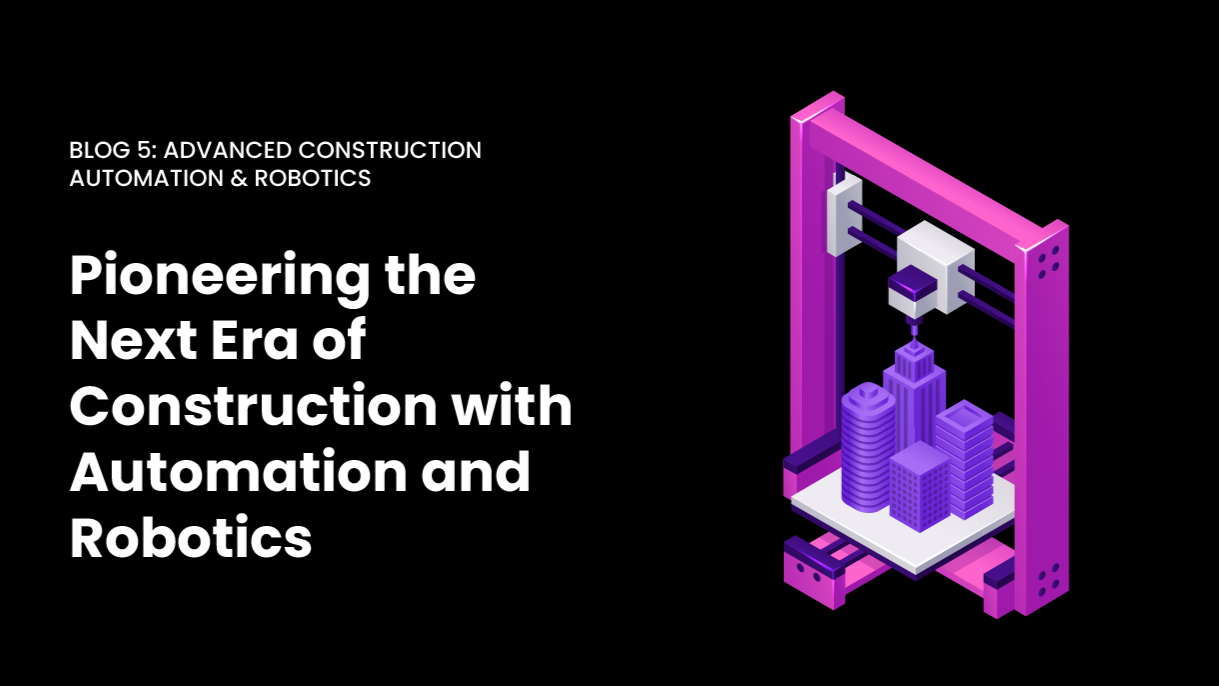Artificial intelligence is a constantly evolving field that has advanced by leaps and bounds and exponentially in recent decades. As this technology develops, so does the need to adapt to the changes it brings with it. The problem lies in the fact that the speed of technological progress is greater than people’s ability to adapt to it. It is important to keep in mind that artificial intelligence has the potential to revolutionize many aspects of society, from the way we work to the way we relate to each other and the world around us. Therefore, it is crucial to keep track of developments in this field and to constantly work on our ability to adapt to them.
This article explains theoretical concepts and provides examples for greater understanding.
Artificial Intelligence can be applied in different areas of civil engineering, from design and planning to infrastructure supervision and maintenance.
In the following examples, we will see how artificial intelligence can improve the accuracy and quality of BIM models.
For example, with artificial intelligence you will be able to analyze model data and find inconsistencies, such as errors in measurements, misplaced objects, or problems with interactions between elements.
The implementation of this new tool will have a significant impact on the error correction process. In addition, thanks to its use, it is expected that the quality of the model will improve significantly, which will allow reaching levels of excellence in the performance of professional tasks related to the area.
Therefore, it can be said that the adoption of this technology will be a key factor for success and for the achievement of the objectives set.
Quality standards
Artificial intelligence algorithms can help analyze model data to identify patterns and trends that can improve the overall project quality.
For example, lighting and ventilation data can be analyzed to identify areas of the model that do not meet quality standards.
In this case, sensors for temperature, humidity, and other environmental parameters can be used to collect data on the performance of lighting, ventilation, and HVAC systems in different areas of a building.
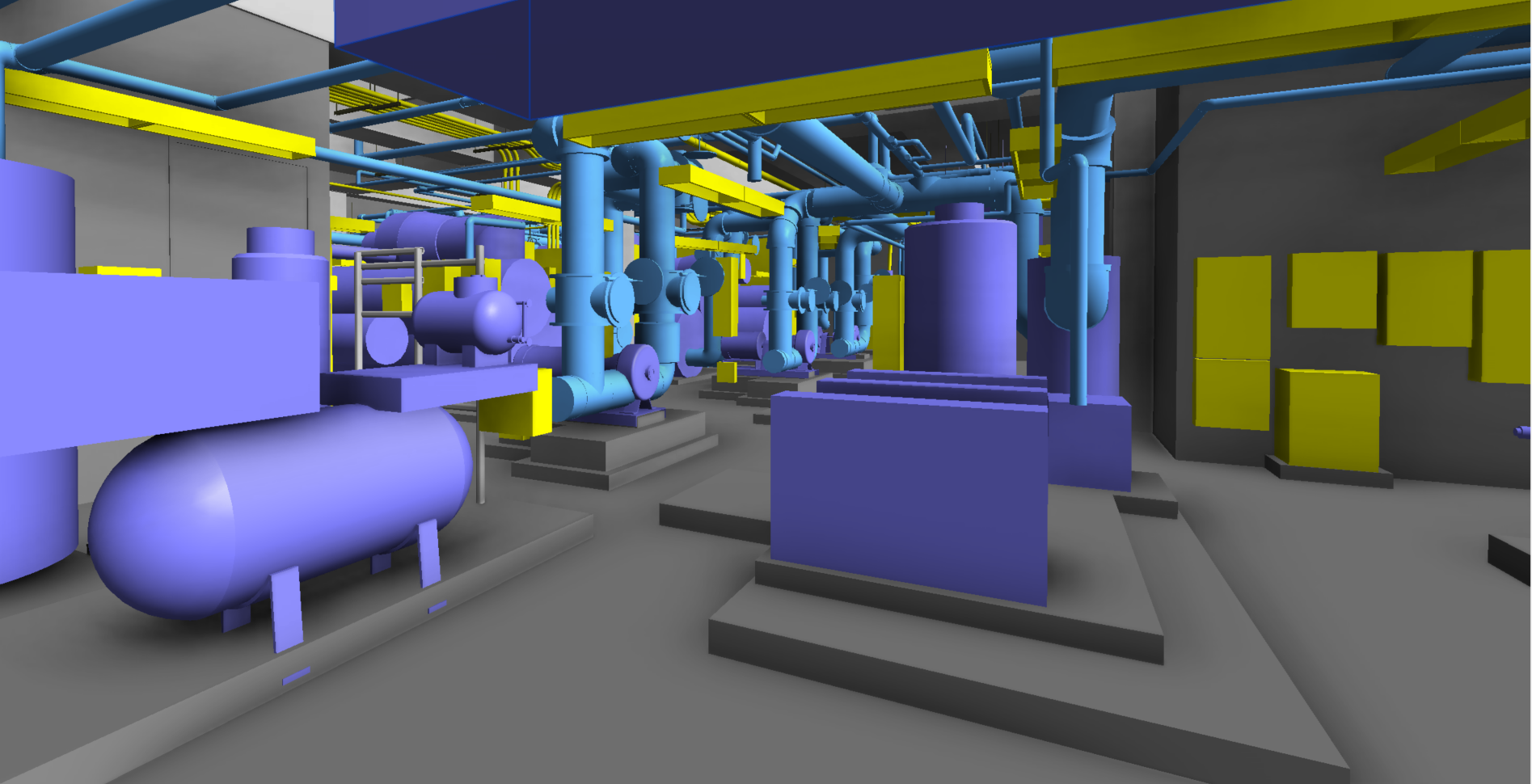
Photo: MEP team At Voyansi
These data can then be analyzed by AI algorithms to identify patterns and trends that may indicate areas that do not comply with established quality standards already defined and taken as a parameter beforehand, such as areas with high humidity levels or inconsistent temperature.
Another application is to define standards of the equipment or structures of the model and tell the intelligence to check that these standards are met and in case of failure to fix it or indicate the error.
In addition, AI can also analyze energy consumption data to identify opportunities to improve energy efficiency, such as identifying times of excessive energy use or areas of the building that consume more energy than necessary.
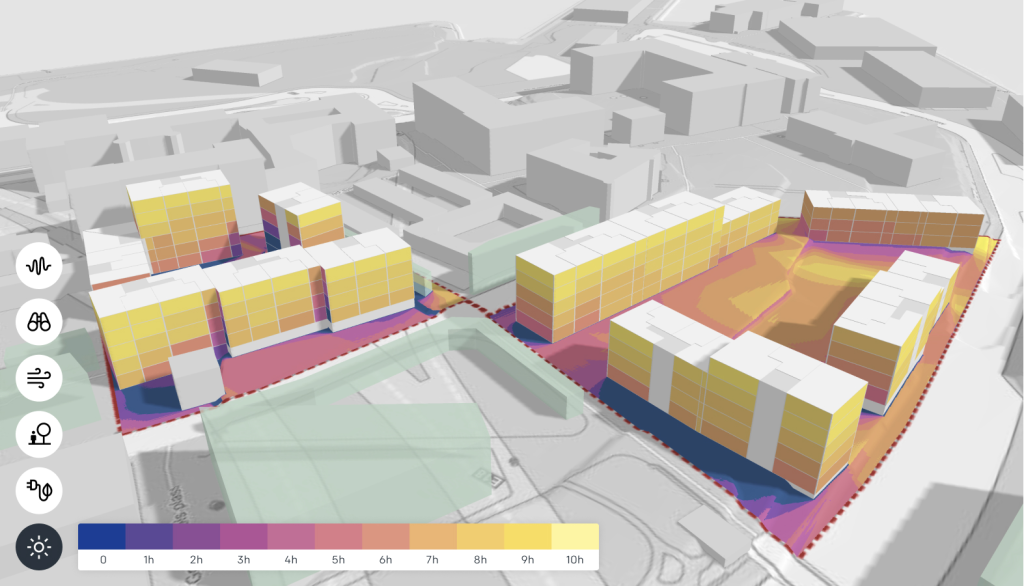
Photo: Spacemaker- Design analysis
Predictions
Another area where AI can improve the quality of BIM models is by simulating scenarios and predicting outcomes.
For example, AI can help simulate the flow of people and vehicles in a building to identify congestion issues or to optimize the layout of spaces, it can also simulate the lighting and shading of the building to identify shaded areas and optimize the placement of windows and doors to take advantage of natural light and reduce consumption.
Imagine a design team working on a hospital project. The project includes the installation of electrical, plumbing, and HVAC (heating, ventilation, and air conditioning) systems. In the design phase, the team uses BIM software to create detailed 3D models of each of these systems.
AI can be used to analyze these models and find possible conflicts between different systems. For example, it can detect that a plumbing pipe and an HVAC duct are in the same space and could interfere with each other. The BIM software would alert the design team of this conflict, allowing them to fix it before it becomes a costly problem during construction.
Furthermore, AI can also help identify design problems that may have gone unnoticed in a manual review. It can detect that a vent is too close to a wall, which could prevent proper airflow and cause problems in the future.
By catching these problems early in the design, the team can fix them before they become costly mistakes during construction.
Artificial intelligence can be of great help in determining the flow of people and traffic in a BIM model. For example, using simulation algorithms, intelligence can simulate the flow of people and vehicles in a building to identify congestion problems or to optimize the distribution of spaces.
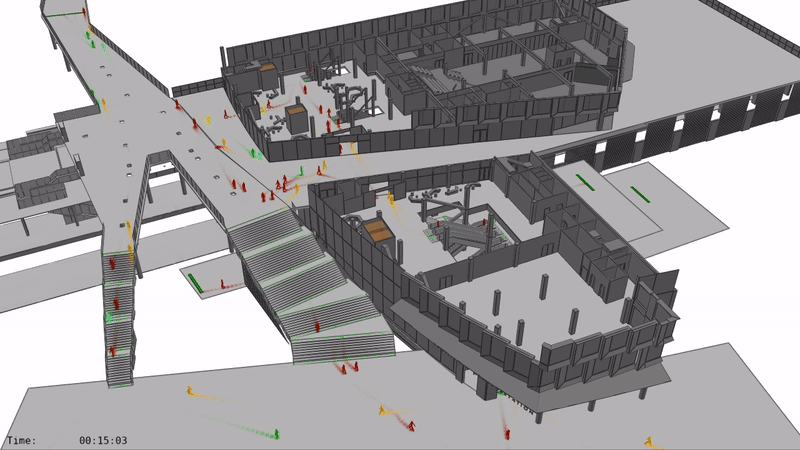
Gif: powerful crowd simulation by Arkitema – Oasys MassMotion
This is especially useful in large-scale projects such as stadiums, shopping centers, or airports, where crowd management and people flow are crucial to ensuring safety and efficiency.
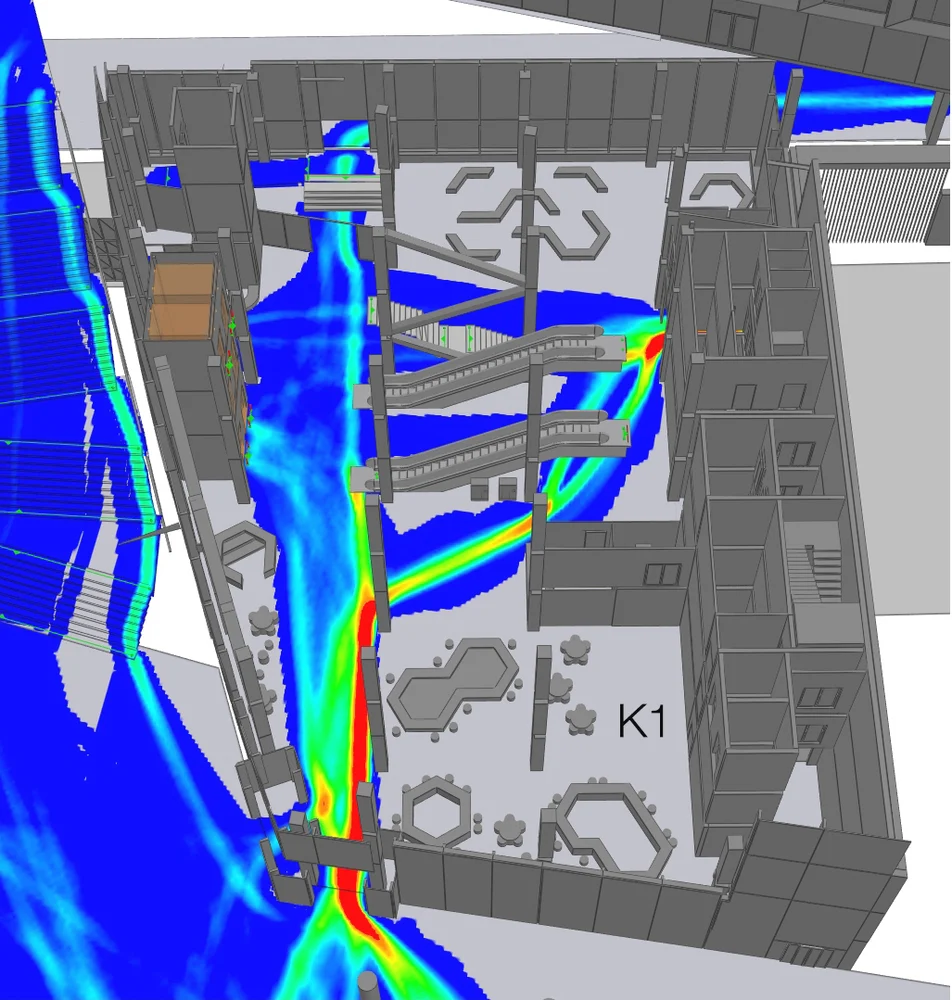
Photo: powerful crowd simulation by Arkitema – Oasys MassMotion
As we can see, one of the strengths of IA is predicting and simulating scenarios.
Let’s suppose a team of designers is working on a project to build a building in a seismic zone. AI can simulate different earthquake scenarios and predict how the building would behave in each one. This can help designers determine which areas of the building are most vulnerable and take measures to improve the building’s strength and safety.
Moreover, it can also simulate airflow and air circulation within the building to identify areas where air may become stagnant, which can affect indoor air quality.
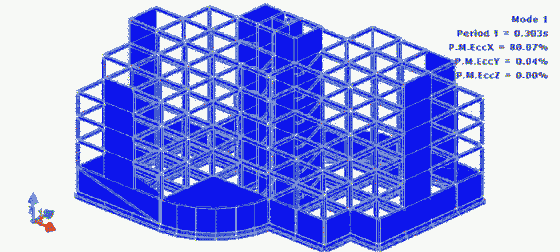
Gif: structural dynamics from: 4 grandes ventajas del BIM para ingenieros
Another key driver of intelligence in this area can automate some of the repetitive and manual tasks associated with creating BIM models.
We are already seeing how it automates heavy tasks, such as moving a freehand drawing from a blueprint to 3D in a matter of seconds.
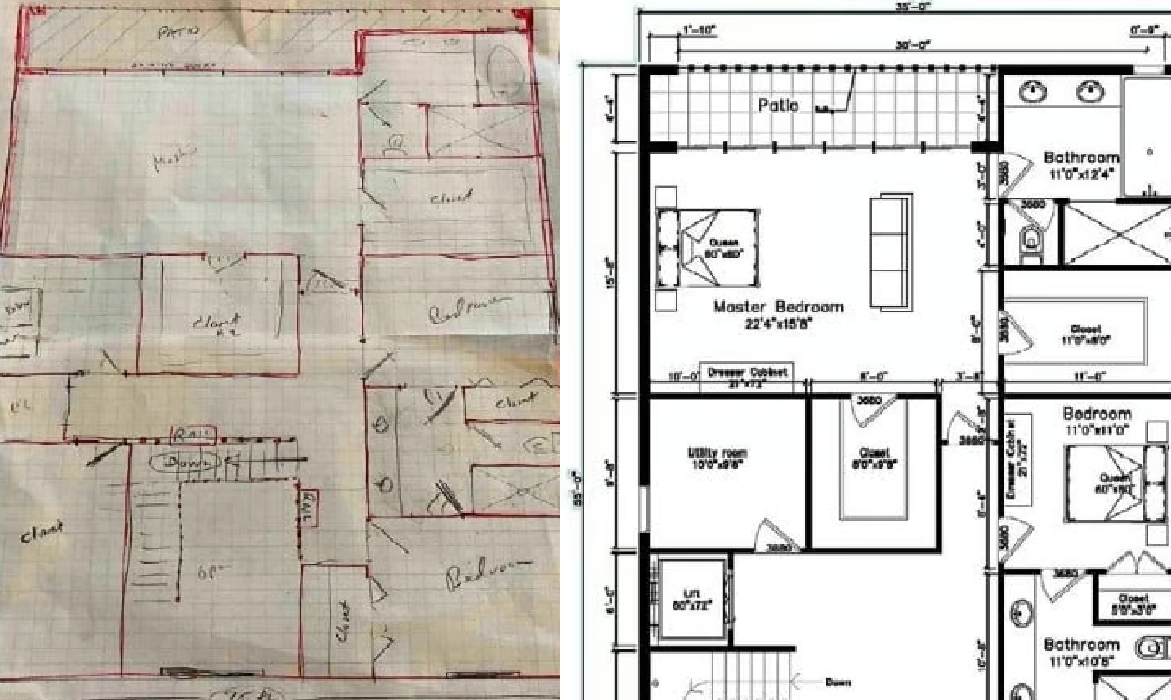
Photo: design made by Rashid M.
It can also help classify and label objects in the model automatically, which can save time for industry professionals.
AI can help speed up the design process by providing tools to optimize the design, can help modelers identify the most suitable materials for each building component, and provide suggestions for material optimization.
It can also help professionals optimize the layout of spaces to maximize efficiency and space utilization.
In the BIM industry, projects typically involve multiple stakeholders such as architects, engineers, contractors, project owners, and others. Effective communication and collaboration between these parties are essential for project success.
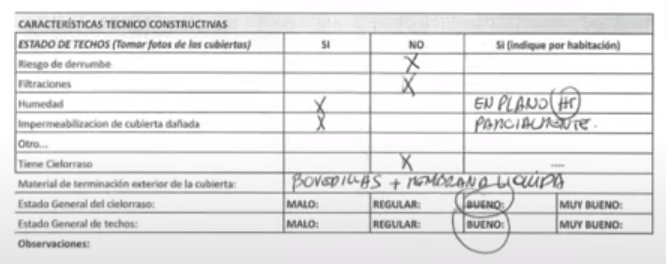
Photo: Voyansi’s project
How can AI improve and optimize this?
Well, it can make collaboration and communication easier through language translation. In international projects, where team members speak different languages, AI can help automatically translate documents and communications, which can reduce misunderstandings and improve collaboration between team members.
AI can be used to automate tedious and repetitive documentation tasks, such as cataloging items in a model. AI algorithms can recognize patterns in the model and automatically label the corresponding elements, reducing the time and effort required to document.
Accurate and complete documentation allows different teams to work more efficiently, reduce the risk of errors and improve coordination between them. In addition, good documentation can help minimize the risks associated with the project and ensure compliance with applicable standards and regulations.
In conclusion, we need to see the potential of this transformative technology and embrace the changes it brings, all in order to make our jobs so much easier.





